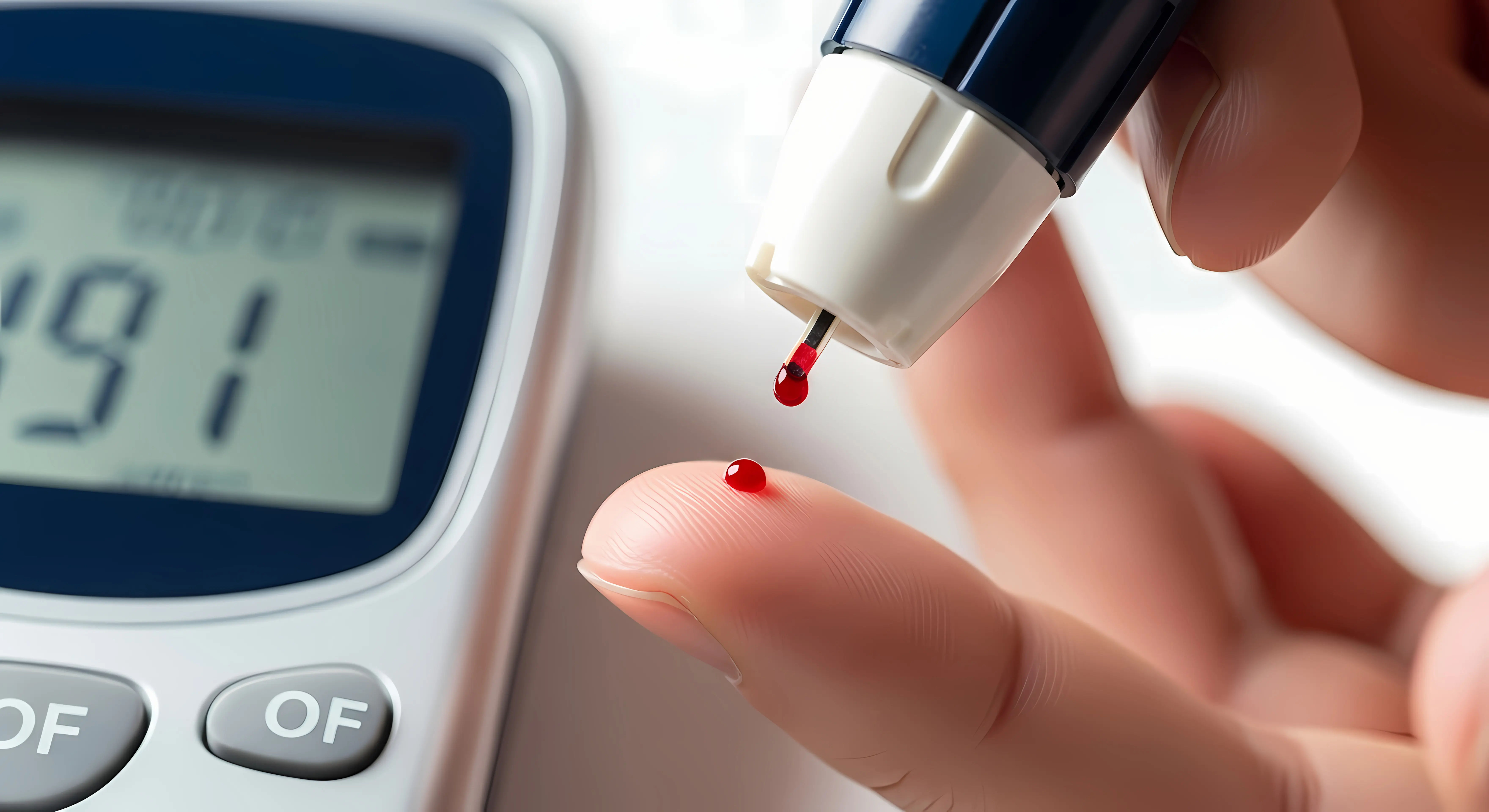Male and Female Condoms Explained
Understand the differences between male and female condoms, how to use them properly, and which one might suit you best. Learn how condoms help protect against pregnancy and STIs.


Choosing the right protection during intimate moments is essential for both preventing unwanted pregnancies and safeguarding against sexually transmitted infections (STIs). Male and female condoms are two effective options, but many people may not fully understand how they work or which one is best for them. In this article, we’ll break down everything you need to know about condoms in a simple, friendly way.
What Are Condoms?
Condoms are thin barriers made of latex, polyurethane, or polyisoprene that are worn during sexual activity to prevent pregnancy and reduce the risk of STIs. There are two main types:
1. Male Condoms: Worn over the penis.
2. Female Condoms: Inserted into the vagina before sex.
Both types create a protective barrier, stopping sperm from reaching an egg and reducing direct skin-to-skin contact that can spread infections.
How Do Male Condoms Work?
Male condoms are the most commonly used type. Here’s how they function:
Material: Usually made of latex (most common), polyurethane (for latex allergies), or lambskin (not effective against STIs).
Usage: Rolled onto an erect penis before any genital contact.
Effectiveness: When used correctly, they are 98% effective in preventing pregnancy and STIs.
Pros of Male Condoms:
Easy to find in stores and pharmacies.
Affordable and widely available.
Protects against both pregnancy and STIs.
No hormonal side effects.
Cons of Male Condoms:
Can break or slip if not used properly.
Some people may be allergic to latex.
Requires correct application for full effectiveness.
How Do Female Condoms Work?
Female condoms are less common but offer an alternative for those who prefer internal protection.
Material: Made of soft polyurethane or nitrile.
Usage: Inserted into the vagina up to 8 hours before sex.
Effectiveness: About 95% effective with perfect use, but slightly less than male condoms due to higher chances of incorrect placement.
Pros of Female Condoms:
Can be inserted beforehand, reducing interruptions.
Safe for people with latex allergies.
Provides broader coverage inside the vagina, reducing skin contact.
Women have more control over their protection.
Consult Top Doctors
Cons of Female Condoms:
More expensive than male condoms.
May be harder to find in stores.
Can be noisy if not lubricated properly.
Which One Should You Choose?
The best condom depends on personal preference, comfort, and accessibility.
Choose male condoms if: You want a widely available, easy-to-use option.
Choose female condoms if: You prefer internal protection, have a latex allergy, or want more control.
Both types are effective when used correctly, so the key is finding what works best for you and your partner.
How to Use Condoms Correctly
For Male Condoms:
1. Check the expiry date and ensure the package is intact.
2. Open carefully—avoid using teeth or sharp objects.
3. Pinch the tip (to leave space for semen) and roll it onto an erect penis.
4. After ejaculation, hold the base while withdrawing to prevent slipping.
5. Dispose of properly—never reuse a condom.
For Female Condoms:
1. Insert the inner ring into the vagina, pushing it as far as it will go.
2. The outer ring should stay outside the vaginal opening.
3. Guide the penis into the condom to ensure it stays in place.
4. After sex, twist the outer ring and gently pull out to prevent spills.
Common Mistakes to Avoid
Not checking for damage: Always inspect condoms before use.
Using oil-based lubricants with latex condoms: These can weaken the material (stick to water or silicone-based lubes).
Double-bagging: Using two condoms (male + male or male + female) increases friction and risk of breakage.
Storing improperly: Keep condoms in a cool, dry place (not wallets or glove compartments)
Additional Tips for Safe and Comfortable Use
Use lubrication: Reduces friction and prevents breakage.
Communicate with your partner: Make sure both of you are comfortable and informed.
Try different brands/sizes: A well-fitting condom is more effective and comfortable.
Keep extras handy: Always have backup protection.
When to Seek Help
If you experience:
Allergic reactions (itching, swelling, rash): Try non-latex options.
Frequent breakage or slippage: Consult a healthcare provider for guidance.
Concerns about STIs or pregnancy: Get tested regularly.
Need Help?
If you’d like personalized advice or need to order condoms or STI testing kits, you can easily book a consultation or schedule a test through Apollo 24|7. Stay safe and take control of your health!
Conclusion
Condoms are a simple, effective way to protect your sexual health. Whether you choose male or female condoms, the most important thing is using them correctly and consistently. If you have questions or need advice, don’t hesitate to consult a healthcare professional.
Consult Top Doctors
Consult Top Doctors

Dr Suseela
General Physician
5 Years • MBBS
Bengaluru
Apollo Medical Center, Marathahalli, Bengaluru

Dr. Ashita Kuruvilla
General Physician/ Internal Medicine Specialist
7 Years • MBBS
East Midnapore
VIVEKANANDA SEBA SADAN, East Midnapore

Dr. Sougata Kumar
General Practitioner
8 Years • MBBS
East Midnapore
VIVEKANANDA SEBA SADAN, East Midnapore

Dr. Vivek D
General Physician
4 Years • MBBS
Bengaluru
PRESTIGE SHANTHINIKETAN - SOCIETY CLINIC, Bengaluru

Dr. Debdatta Pati
Psychiatrist
18 Years • MBBS, DPM, MD (PSYCHIATRY)
Kolkata
MCR SUPER SPECIALITY POLY CLINIC & PATHOLOGY, Kolkata



